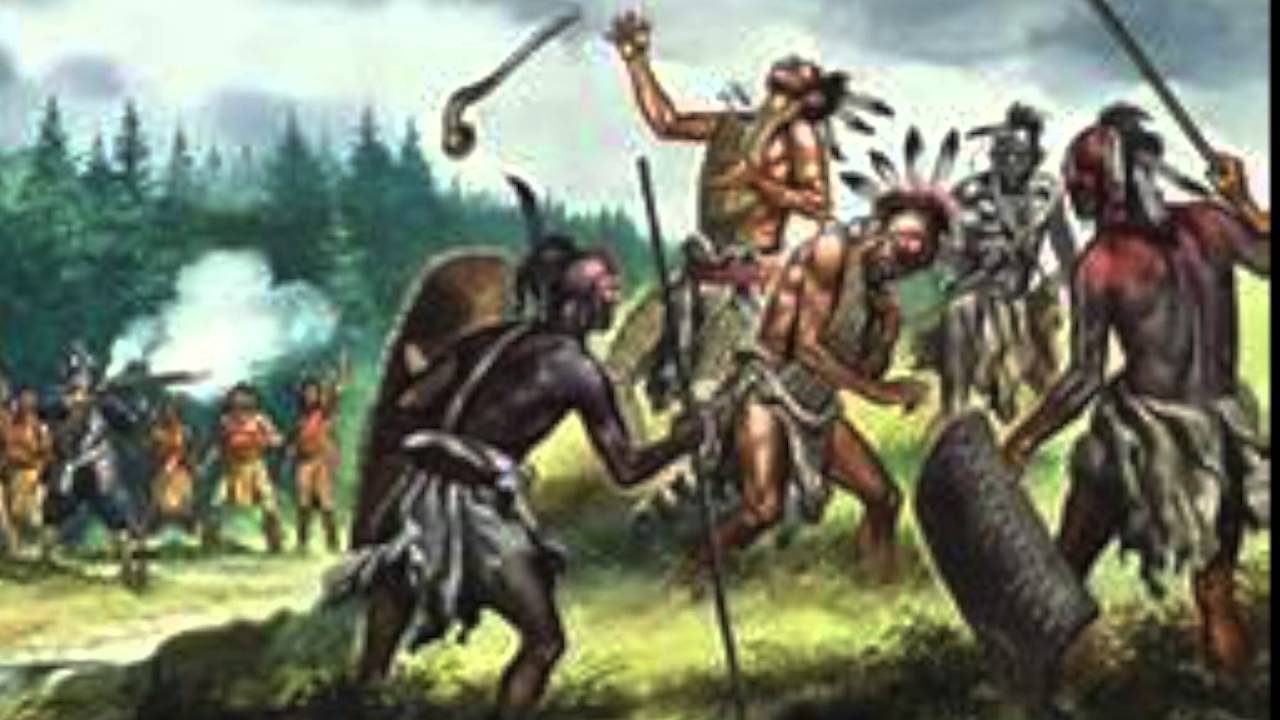The Erie Tribe was a Northeast Indian Tribe that lived on the south side of the Lake Erie shore.

They were considered an Iroquoian group that lived in New York, Pennsylvania, and Ohio. Each of these states has a county that is named after them.
They were once a powerful tribe; however, became extinct after the Iroquois Confederacy decimated them in the 17th century.
History of the Erie Tribe
The Erie tribe was a powerful tribe and shared a common language with the other tribes that were part of the Iroquois Confederacy. They most likely had a traditional rivalry throughout the many years they shared a border with the other tribes, but nothing too violent occurred.
When famous explorers began exploring the interior of North America, they came into contact with many of the Northeast tribes, and a lucrative fur trade began. This trade became an important part of the European and Native American economy, and soon, old rivalries began to escalate and compete for control of the trade.
Violence to control the fur-bearing territories, the beginnings of the long-running Beaver Wars, began early in the 17th century, so the normal peace and trading activity decreased between the tribes, who had responded to a demand for beaver and other furs by over-hunting some areas.
The Destruction of the Erie
The Iroquois Confederacy was the dominant power in the Northeast and wanted to control the fur trade. They quickly went on the attack and destroyed many villages that belonged to the Huron Tribe. This caused a flood of refugees to leave the villages and be taken in by neighboring tribes.
The tribe that took in most of the refugees was the Erie tribe, which angered the Iroquois, who then went on the attack.
The Erie were disadvantaged in armed conflict with the Iroquois because they had few firearms. Beginning in 1653, the Erie launched a preemptive attack on western tribes of the Iroquois and did well in the first year of a five-year war.
However, their success resulted in the entire Confederacy going to war against the Erie.
As a result, over five years of war, they destroyed the Erie Confederacy, the Neutrals, and the Tobacco, with the tribes surviving in remnants. By the mid-1650s, the Erie had become a broken tribe. Dispersed groups survived a few more decades before being absorbed into the Iroquois, especially the westernmost Seneca tribe.
What happened to the rest of the remaining Erie is only theory.
It is theorized that some Erie fled to Virginia, where they were known as Rechahecrian, and then South Carolina, where they became known as the Westo. Some were said to flee to Canada. Members of other tribes claimed later to be descended from refugees of this defunct culture, who intermarried with other peoples.
Because the Erie were located further from the coastal areas of early European exploration, they had little direct contact with Europeans. Only the Dutch fur traders from Fort Orange and Jesuit missionaries in Canada referred to them in historic records.
The Jesuits learned more about them during the Beaver Wars, but most of what they learned, aside from a single in-person encounter, was learned from the Huron, who suffered much reduction before the Erie did.
What little is known about them has been derived from an oral history of other Native American tribes, archaeology, and comparisons with other Iroquoian peoples.
Conclusion
The destruction of the Erie tribe shows how divided the Native Americans were during the Colonial Era.
The Iroquois had established consistent trade with the Europeans and traded goods for more powerful weapons that were used to defeat the Erie.
The Native Americans wanted European support just as much as the Europeans wanted to colonize.
This inability to unify would be one of the reasons that the Native Americans would eventually be conquered.
